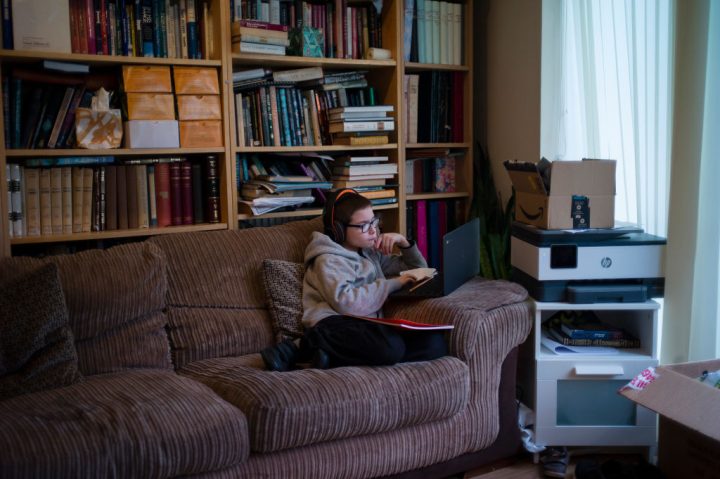There’s a lot of talk in the papers about the importance of banning smartphones from schools. Quite right too. The privacy issues, the cyber-bullying, the airdropping of dickpics, the kids filming themselves taking ketamine in morning break… all those dismaying differences from the conkers and ink pellets and innocent tuck-shop japes we remember from our own youth.
Already a subscriber? Log in
Subscribe for just $2 a week
Try a month of The Spectator Australia absolutely free and without commitment. Not only that but – if you choose to continue – you’ll pay just $2 a week for your first year.
- Unlimited access to spectator.com.au and app
- The weekly edition on the Spectator Australia app
- Spectator podcasts and newsletters
- Full access to spectator.co.uk
Or





















Comments
Don't miss out
Join the conversation with other Spectator Australia readers. Subscribe to leave a comment.
SUBSCRIBEAlready a subscriber? Log in